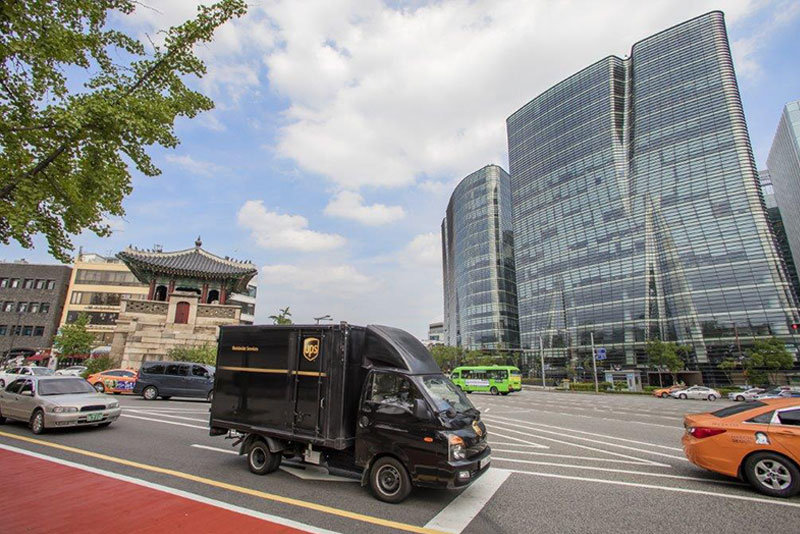It’s time to turn to Asia for growth

MANILA, Philippines – In past years, Asia’s cheap labor and production methods have been the unique global differentiators that have pushed its economy forward. Now, there’s a new factor coming into play that will grow its economy even further. There’s a middle class expansion in the emerging markets in Asia which will create a big, untapped marketplace for businesses worldwide.
The Organization for Economic Cooperation and Development projected that the middle class population in Asia will reach 3.3 billion by 2030. This may result in what is commonly termed as a “middle class effect,” where the size of the middle class is directly proportional to economic growth. Essentially, these middle class consumers will help rescue the global economy and boost Asia’s economy even further.
Financial services company HIS has projected that Asia Pacific’s share of world consumption, will rise from 27 percent in 2016 to 39 percent by 2035. To put it in another way, in 2035, every four in 10 of consumers will come from Asia. Filipino businesses need to take this projected growth of Asian consumers into account when developing a long-term business strategy.
In 2015, statistics from the World Trade Organization showed that the Philippines’ top export destination was Japan, followed by the US, Europe and China. Although Japan is the Philippines’ largest export destination, particularly for electronic equipment, there are opportunities to deepen its trade with its other neighbors in Asia. To achieve this, Filipino businesses must address the needs of the diverse markets in Asia and take advantage of the existing free trade agreement with these neighboring markets.
Make supply chain efficiency a priority. From a recent UPS-commissioned study called “Made in China 2.0,” 82 percent of Chinese purchasers surveyed indicated that they perceived manufacturers or suppliers that offer faster and more efficient supply chains as more competitive. Leading manufacturers in China are no longer just competing on price because of growing awareness that an efficient supply chain can boost sales and enhance the customer experience.
Hence, to become the supplier of choice for Chinese businesses, Filipino manufacturers cannot ignore the importance of supply chain improvement. In particular, those manufacturers in the electronics, automotive or high-tech industries will have to optimize their supply chain to meet the rigor of these industries which are highly time-sensitive and are driven by fluctuating customer demand.
One way Filipino manufacturers can improve supply chain efficiency is by having a supply chain mapping session with their logistics partner. This process will help them uncover opportunities to reduce cost, improve service, or address particular problems. For instance, during the session they may find that some shipments are less urgent than others. These shipments can be placed on slower and less premium shipping services to help them manage costs. Ultimately, changes made to supply chain would reduce internal costs and positively impact their company’s profitability.
Build a responsive customer experience, from inquiry to delivery. Today’s professional purchasers are looking for distributors and manufacturers that can provide them with a seamless, cross-channel experience – a model closer to what consumer brands are offering. A seamless, cross-channel experience would enable professional purchasers to find information at various touch points such as on the manufacturer’s website, a brochure or through the sales person.

A UPS truck on its way to make deliveries.
Among the common complaint shared by professional purchasers in China, Japan and South Korea surveyed in the UPS Industrial Buying Dynamics Survey were difficulty in retrieving product details (46 percent) and difficulty in getting answers to product-related questions (41 percent). To secure more orders and build loyalty among professional purchasers, manufacturers and distributors need to make product details and specifications more visible, and use high-resolution images on both their online and offline channels.
The same study also affirms the importance of an efficient supply chain, and how it is a big part of the overall customer experience. Purchasers from China, Japan and South Korea take into consideration the speed of the delivery, the range of shipping modes and the option to use a single carrier to optimize the shipping process. But many of them are left unfulfilled.
Manufacturers and distributors need to offer shipping modes that best fit a purchaser’s requirements, and be able to provide timely and accurate updates. A logistics company can act a one-stop shop by providing multiple shipping modes, managing deliveries based on timelines, handling documentation, facilitating customs clearance and sending timely updates to recipients. Working with a logistics provider which offer all these services would help Filipino manufacturers keep customers satisfied while focusing on their core services.
Sell directly to end-consumers through e-commerce. Today’s technology enables manufacturers to directly sell to end-consumers, rather than solely sell in bulk to distributors. Diversification of sales channel is useful for manufacturers because it helps them become less dependent on a single revenue stream. Moreover, direct selling to end-consumers will also bring higher margins. The trend of direct selling is already prevalent among Chinese manufacturers as the “Made in China 2.0” study showed that 60 percent of leading Chinese companies are currently selling to a mix of B2B and B2C customers.
However, when selling directly to the end-consumers, manufacturers have to keep their purchasing habits in mind. Robust return policy and free shipping are important factors to Asian online shoppers. The “UPS Pulse of the Online Shopper” survey found that nine in 10 of Asian online shoppers will review return policies before purchasing and seven in 10 of them view free shipping as an important factor when making a purchase online. Hence, it is important for Filipino manufacturers to work with their logistics provider to find ways to cater to these demands or risk losing potential consumers to competitors.
As Asian consumers becomes increasingly sophisticated, Filipino manufacturers need to arm themselves with the knowledge, skills and tools necessary to differentiate themselves. Through supply chain improvements, manufacturers and distributors can move away from price competition and move toward value creation, and at the same time better appeal to more consumers in Asia for their long-term profitability.
Gohoc is the managing director of UPS Philippines.
- Latest





























